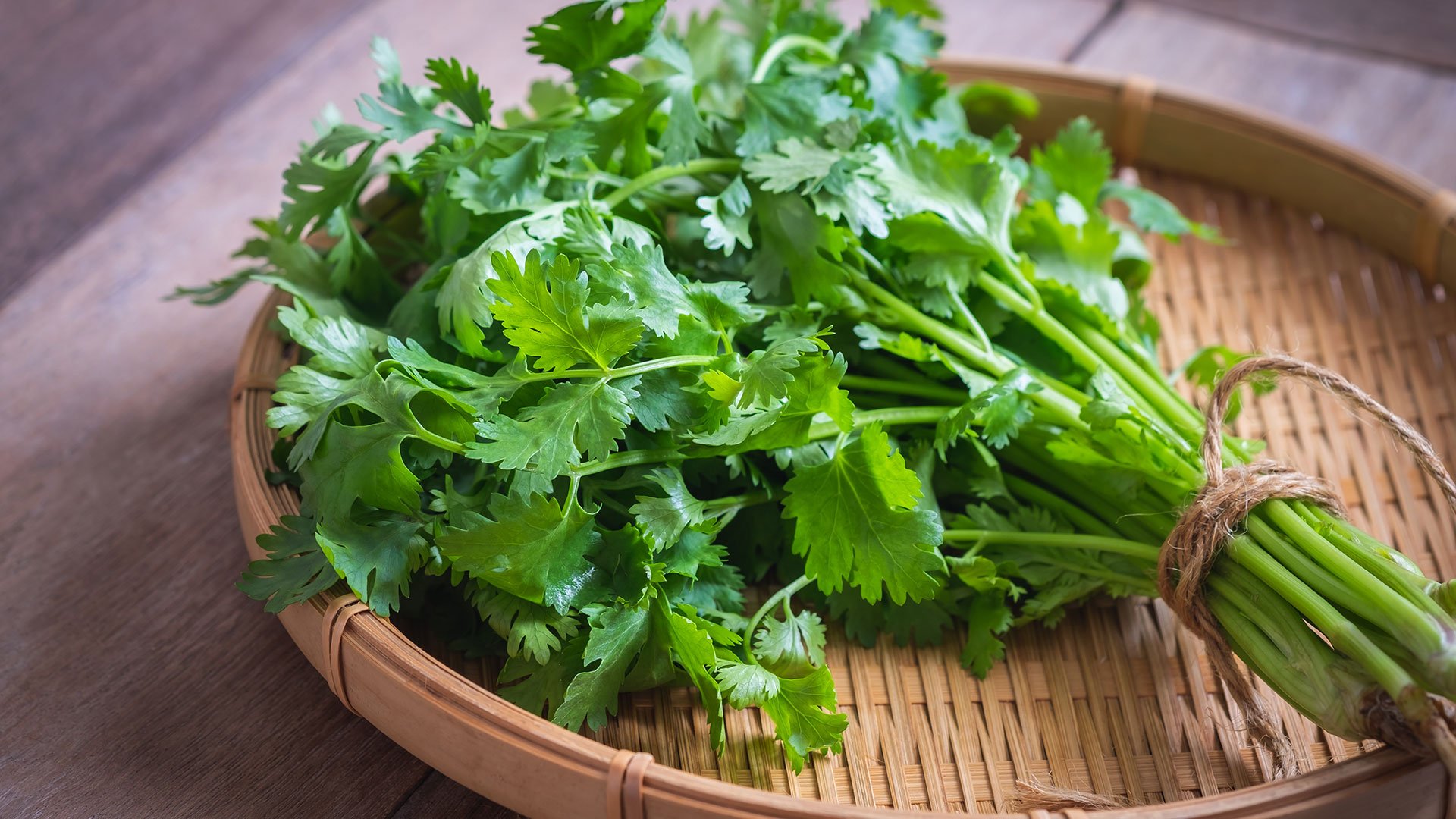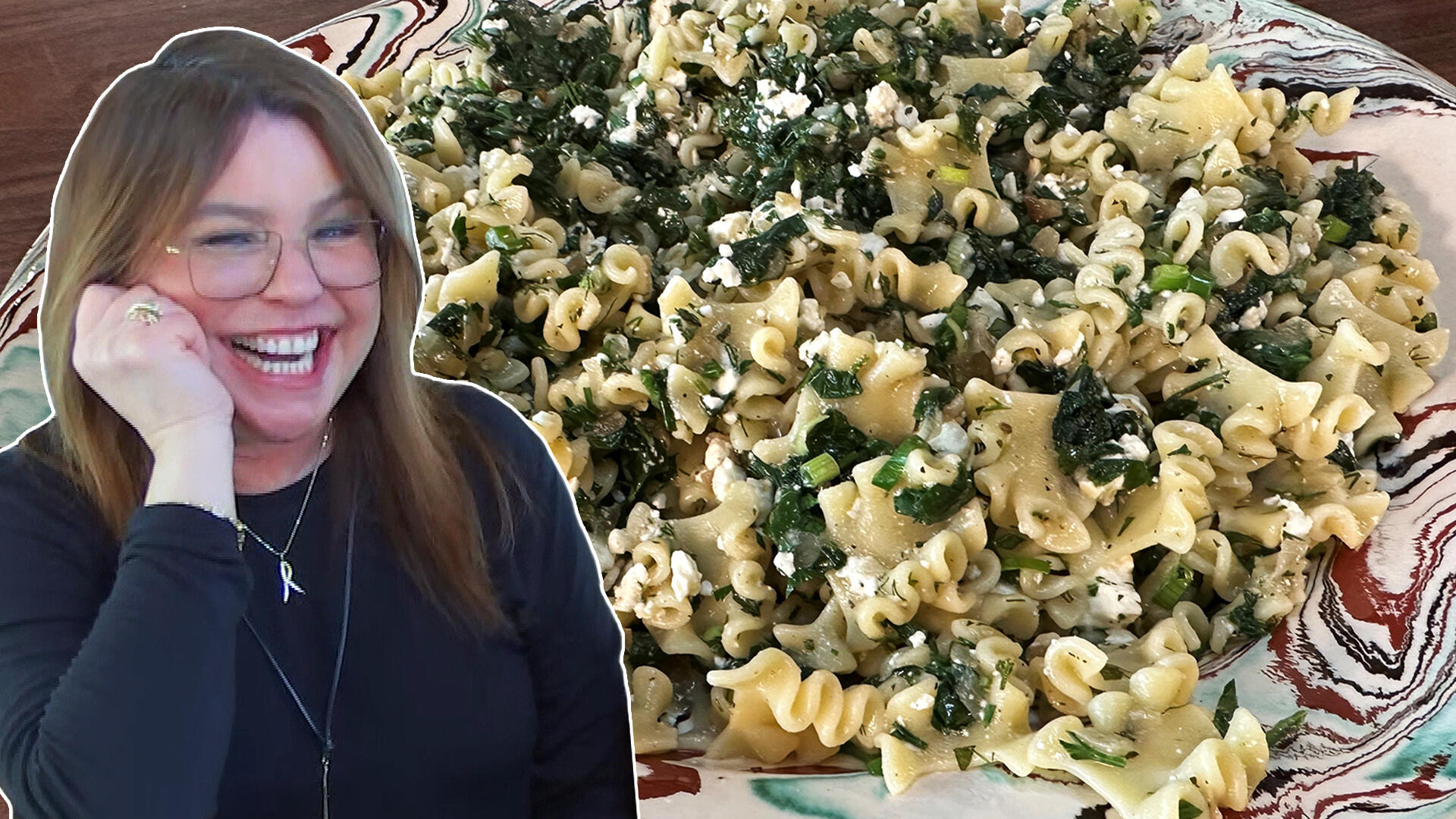

Farmer Lee Jones Talks “Controversial” Herb Cilantro: How To Pic…

Q&A with Organizational Pro Peter Walsh + Dermatologist Shares A…

Actor Hank Azaria + Freezer Meals + Artichokes 2 Ways with Rach

See Inside Barbara Corcoran's Stunning NY Apartment + It's Steak…

The Best Moments From 17 Seasons of the Show Will Make You Laugh…

How to Make Chicken and Lobster Piccata | Richard Blais

Donnie Wahlberg + Jenny McCarthy Say Rach Is Such a "Joy" + Look…

Donnie Wahlberg Spills Details About NKOTB's First Ever Conventi…

How to Make Crabby Carbonara | Rachael Ray

Rach Chats "Firsts" In Flashback From Our First Episode Ever In …

Rach's Chef Pals Say Goodbye to Show in Surprise Video Message

How to Make Apple-Cider Braised Pork Chop Sandwiches with Onion …

How to Make Sesame Cookies | Buddy Valastro

How to Make Tortilla with Potatoes, Piquillo Peppers and Mancheg…

Celebrity Guests Send Farewell Messages After 17 Seasons of the …

Andrew McCarthy Chokes Up Discussing Emotional Trip to Spain wit…

Andrew McCarthy Teases Upcoming "Brat Pack" Reunion Special

How to Make Shrimp Burgers | Jacques Pepin

Celebrity Guests Send Farewell Messages After 17 Seasons of the …

Michelle Obama Toasts Rach's 17 Years on the Air With a Heartfel…

How to Make Spanakopipasta | Rachael Ray
There's no question that when it comes to controversial herbs, cilantro takes the cake. People have strong feelings about cilantro—some say it tastes like a mixture of sage and citrus, and others say it tastes like soap. But, Farmer Lee Jones—who delivers specialty vegetables to chefs as part of his Ohio-based family business, The Chef’s Garden—notes that it's always a top seller, so he knows plenty of people who love it. We asked him to tell us everything he knows about the herb.
How To Find Cilantro In a Store + Pick The Right Bunch
"The leaves look like parsley so much that it’s sometimes called Chinese or Mexican parsley, but truly, it's NOTHING like parsley. If you’re not sure which is which in a store or at a farm-stand, sniff them. The citrusy fragrance means cilantro," Farmer Lee says.
"Look for cilantro with lively-looking leaves that show no sign of wilting, blackening, or yellowing. Check that the stems don't look slimy, especially around where they are bunched. If you can find bunches with roots attached, that's the best," he adds.
How To Clean Cilantro
"To clean cilantro, submerge the leaves in plenty of water. If a lot of grit is released, drain it and do it again until the water looks clean. After draining, spin the leaves dry or roll in clean towels," Farmer Lee explains.
How To Store Cilantro
"To store bunches of cilantro, it's the same method Rach always recommends for basil. Make a fresh cut on the bottom and submerge just the base of the stem in water," Farmer Lee says. "If you’re going to use them in a few days, leave them on the counter and change the water daily. The one difference from the basil tip, is that for longer storage, close the container at the top or cover with a plastic bag, then refrigerate," he explains.
Cooking With Cilantro
"Use cilantro in dishes inspired by Mexico, the Middle East, and South Asia," says Farmer Lee. He recommends coarsely chopping the leaves and stems together to use as a garnish, or adding it by the fistful to salads (like this Shaved Radish and Cilantro Salad) and grain dishes (like Rach's Green Rice). “It does retain some flavor when exposed to heat, but even if you cook it, it's worth adding more fresh leaves at the end," he adds.


